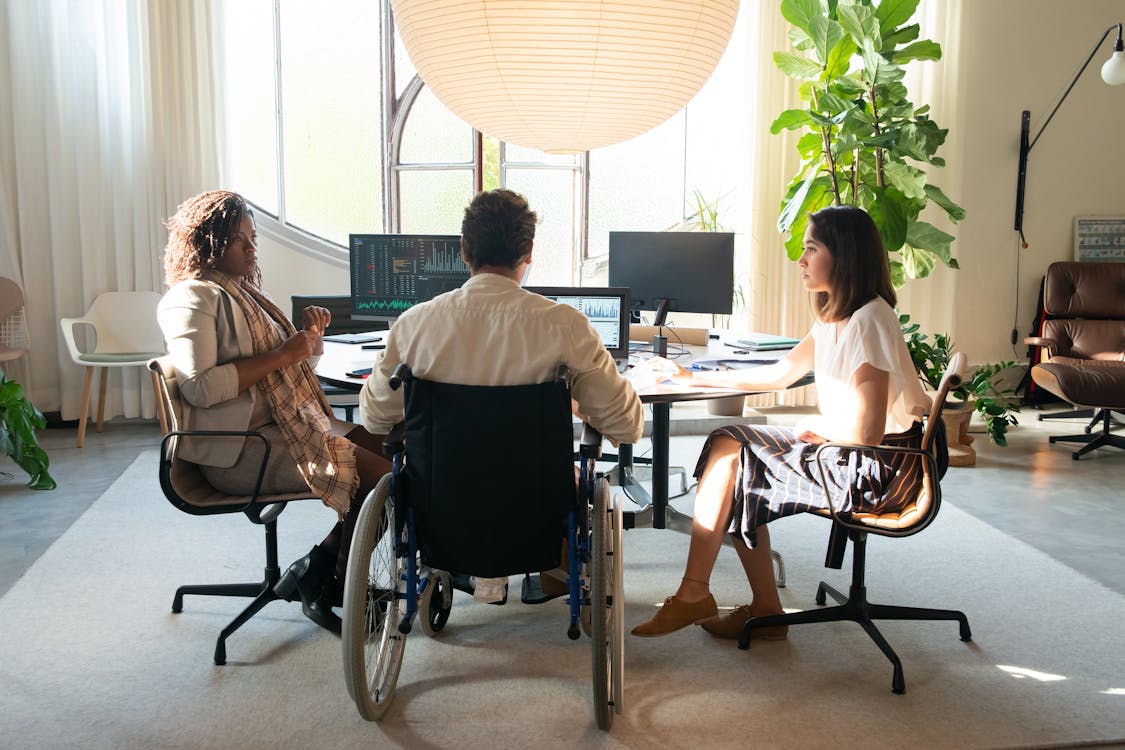Introduction to Professional Caregiving
Basic Human Anatomy and Physiology
Personal Care and Hygiene
Nutrition and Meal Planning
Mobility and Transfers
Course Progress Bar
0% Complete
0/41 Steps
Course Navigation
Introduction to Professional Caregiving
Basic Human Anatomy and Physiology
Personal Care and Hygiene
Nutrition and Meal Planning
Mobility and Transfers
Proper body mechanics and lifting techniques

Proper body mechanics and lifting techniques are essential for caregivers to protect their own physical well-being and prevent injuries while assisting individuals with mobility or transfers. Here are some guidelines to help you maintain proper body mechanics and use safe lifting techniques:
- Assess the Situation:
- Before attempting any lifting or transferring, assess the individual’s weight, mobility level, and your own physical abilities. Determine if additional assistance or equipment is necessary.
- Warm-Up and Stretch:
- Prior to any physical activity, including lifting, warm up your muscles with light exercises or movements. Stretch major muscle groups to improve flexibility and reduce the risk of strain.
- Plan and Communicate:
- Plan the lifting or transferring process in advance. Communicate with the individual, explaining the steps involved and encouraging their active participation and cooperation.
- Maintain a Stable Base:
- Stand with your feet shoulder-width apart to create a stable base of support. Distribute your weight evenly between both feet.
- Bend at the Knees and Hips:
- When lifting, lower yourself by bending your knees and hips, not your back. Keep your back straight and maintain its natural curvature. Avoid bending or twisting at the waist.
- Use Leg Muscles:
- Engage your leg muscles, particularly the quadriceps and gluteal muscles, to generate the lifting force. This reduces strain on your back and upper body.
- Get a Firm Grip:
- Ensure you have a secure and firm grip on the individual or any assistive devices, such as transfer belts or handles, before initiating any lifting or transferring movement.
- Lift Gradually and Smoothly:
- Lift gradually, using your leg muscles to lift the load, and avoid sudden or jerky movements. Keep the load close to your body, as this decreases strain on your back.
- Avoid Twisting or Reaching:
- Minimize twisting or reaching while lifting or transferring. Move your feet and pivot your entire body instead of twisting your spine. Face the direction you want to move.
- Seek Assistance when Needed:
- If the individual’s weight or physical condition exceeds your capabilities, or if you have concerns about your own safety, do not hesitate to seek additional assistance or use mechanical lifting aids.
- Take Breaks and Rest:
- If the lifting or transferring task is physically demanding or prolonged, take regular breaks to rest and avoid overexertion.
- Practice Regular Self-Care:
- Engage in regular exercise, maintain a healthy weight, and take care of your overall physical and mental well-being. This helps you maintain strength and energy for caregiving tasks.
Remember, your safety is of utmost importance. If you experience pain or discomfort while lifting or transferring, stop immediately and seek medical attention if needed. By prioritizing proper body mechanics and safe lifting techniques, you can protect yourself from injuries and provide effective support to those under your care.
